Home>Articles>What Does A Flashing Red Light On A Smoke Detector Mean?
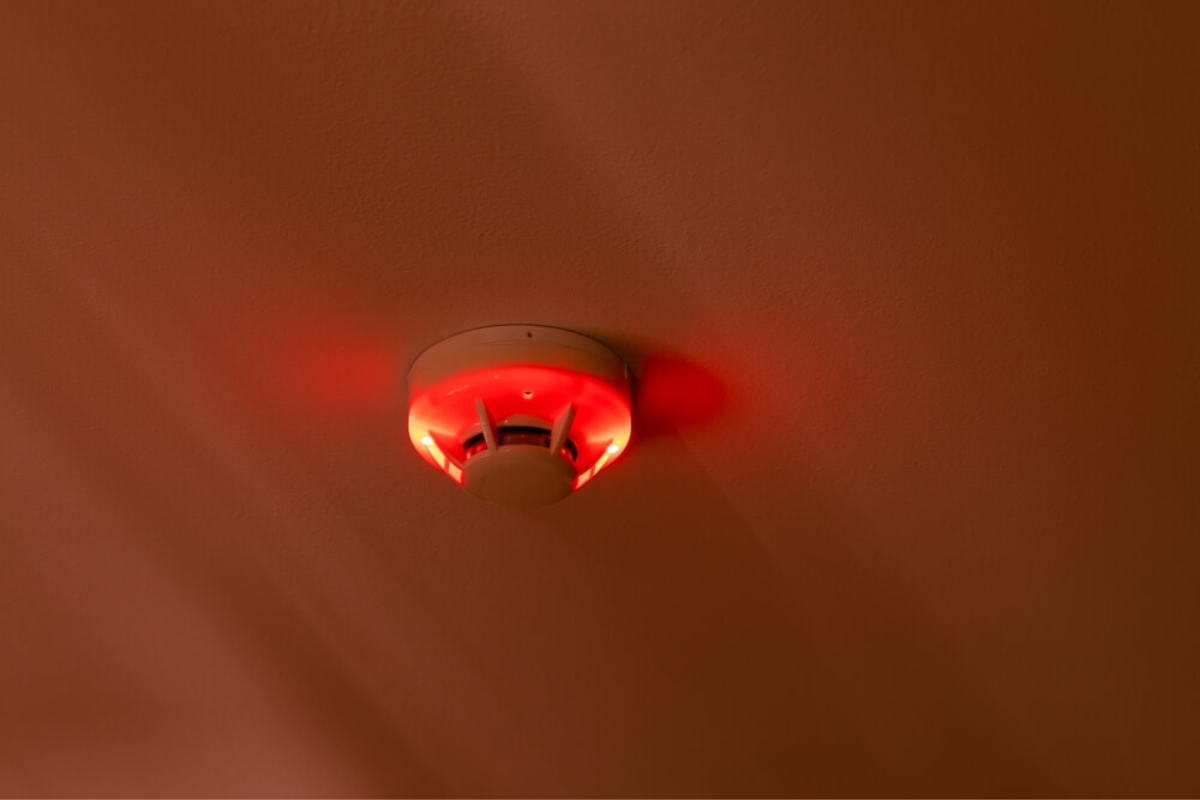

Articles
What Does A Flashing Red Light On A Smoke Detector Mean?
Modified: October 20, 2024
Learn what a flashing red light on a smoke detector means and how to address this issue. Read informative articles on smoke detector troubleshooting and maintenance.
(Many of the links in this article redirect to a specific reviewed product. Your purchase of these products through affiliate links helps to generate commission for Storables.com, at no extra cost. Learn more)
Introduction:
A smoke detector is an essential safety device found in nearly every home and workplace. Its purpose is to detect the presence of smoke, alerting occupants of a potential fire and giving them precious time to evacuate or take necessary action. While most people are familiar with the standard functions of a smoke detector, like emitting a loud alarm when smoke is detected, there is another feature that often causes confusion: the flashing red light.
In this article, we will delve into the meaning behind a flashing red light on a smoke detector. We will explore why smoke detectors are so crucial, the different types available, and what the flashing red light indicates. Additionally, we will discuss common causes of a flashing red light and provide tips for troubleshooting.
Understanding the intricacies of a smoke detector can be invaluable knowledge, especially during times of emergencies. Let’s explore the world of smoke detectors and shed light on the mysterious flashing red light.
Key Takeaways:
- Understanding the flashing red light on a smoke detector is crucial for fire safety. It can indicate low battery, malfunction, or end of life, prompting timely action to ensure the device’s effectiveness.
- Regular maintenance, including battery checks and cleaning, is essential for reliable smoke detector operation. Knowing the meaning behind the flashing red light empowers individuals to troubleshoot and address issues promptly.
Understanding Smoke Detectors:
Smoke detectors are devices designed to detect the presence of smoke in the air, signaling the possibility of a fire. They are a fundamental component of any fire safety system and play a crucial role in protecting lives and property. Understanding how smoke detectors work is essential for ensuring their proper function and effectiveness.
Smoke detectors consist of two main components: a sensor and an alarm system. The sensor is responsible for detecting smoke particles in the air, while the alarm system activates when smoke is detected, alerting occupants to the potential danger.
There are two primary types of smoke detectors: ionization and photoelectric. Ionization smoke detectors use a small amount of radioactive material to ionize the air inside the detector. When smoke enters the chamber, it disrupts the ionization process and triggers the alarm. On the other hand, photoelectric smoke detectors utilize a light source and a light-sensitive sensor. When smoke particles block the light beam, the sensor detects the reduction in light intensity and triggers the alarm.
It’s important to note that smoke detectors should be installed on every level of a building, including in each bedroom and outside sleeping areas. Regular maintenance and testing are necessary to ensure that the detectors are functioning correctly. This includes checking the batteries, cleaning the detectors from dust and debris, and verifying that the alarm sounds when the test button is pressed.
Smoke detectors are designed to provide early warning of a fire, allowing occupants to evacuate safely and potentially minimize damage. Investing in quality smoke detectors and understanding their operation can make a significant difference in fire safety.
Importance of Smoke Detectors:
Smoke detectors are not just a recommended safety feature; they are a critical necessity in every home and workplace. Here are a few reasons why smoke detectors are of utmost importance:
- Early Detection: One of the primary benefits of smoke detectors is their ability to detect smoke at the earliest stage possible. By quickly identifying the presence of smoke, they provide early warning, allowing occupants to evacuate or take action before the fire spreads.
- Life-Saving Potential: Smoke detectors save lives. According to the National Fire Protection Association (NFPA), having a working smoke detector reduces the risk of dying in a reported home fire by 54%. This statistic alone emphasizes the critical role smoke detectors play in fire safety.
- Property Protection: Alongside protecting lives, smoke detectors play a vital role in protecting property. By alerting occupants and emergency services promptly, they help minimize the damage caused by fires. The earlier the fire is detected, the faster it can be extinguished or controlled.
- 24/7 Monitoring: Smoke detectors are vigilant guardians that operate around the clock. They provide constant monitoring in areas where fires are most likely to occur, such as kitchens, bedrooms, and living areas. This constant surveillance ensures that any potential fire is detected, even when residents are asleep or away from home.
- Legal and Insurance Requirements: Smoke detectors are often required by law and insurance companies. Many jurisdictions have regulations mandating the installation of smoke detectors in residential and commercial properties. Compliance with these regulations is not only crucial for safety but also for meeting legal obligations and maintaining insurance coverage.
Smoke detectors are a small investment that can yield invaluable benefits when it comes to fire safety. They provide the peace of mind that comes from knowing that you and your loved ones are protected in the event of a fire.
Different Types of Smoke Detectors:
Smoke detectors are available in various types, each with its own unique features and benefits. Here are the three main types of smoke detectors commonly found in residential and commercial settings:
- Ionization Smoke Detectors: Ionization smoke detectors are the most common type used in households. They work by using a small amount of radioactive material, usually Americium-241, to ionize the air inside the detector. When smoke particles enter the chamber, they disrupt the ionization process, triggering the alarm. Ionization smoke detectors are highly effective at detecting fast flaming fires.
- Photoelectric Smoke Detectors: Photoelectric smoke detectors utilize a light source and a light-sensitive sensor to detect smoke particles. When smoke enters the chamber, it scatters the light, causing it to reach the sensor and trigger the alarm. These detectors are particularly good at detecting slow smoldering fires, which produce more visible smoke before bursting into flames.
- Dual Sensor Smoke Detectors: As the name suggests, dual sensor smoke detectors combine both ionization and photoelectric technologies. This allows them to provide comprehensive detection capabilities, effectively detecting both fast flaming and slow smoldering fires. Dual sensor smoke detectors offer enhanced reliability and are recommended for maximum fire detection coverage.
When choosing a smoke detector, it is important to consider the specific needs of your space and the potential fire hazards present. For a typical home, a combination of ionization and photoelectric smoke detectors or dual sensor smoke detectors will provide comprehensive protection against a range of fire types. It’s also important to ensure that the smoke detectors you choose are certified and meet recognized safety standards.
Regular maintenance, testing, and battery replacement are essential for all types of smoke detectors to ensure they are functioning properly and providing reliable fire detection.
Flashing Red Light on Smoke Detectors:
One feature that often raises questions and causes confusion is the flashing red light on smoke detectors. Many people wonder what the purpose of this light is and what it indicates. The flashing red light serves as a visual indicator of the smoke detector’s operational status and can have different meanings depending on the specific model and manufacturer.
Typically, a steady green light on a smoke detector indicates that it is functioning properly and is in standby mode. However, when the smoke detector detects smoke particles in the air or experiences a malfunction, the green light may switch to a flashing red light, signifying an issue that needs attention.
The flashing red light on smoke detectors can indicate several things:
- Low Battery: In many cases, a flashing red light is a signal that the battery in the smoke detector is running low and needs to be replaced. It serves as a reminder to ensure the smoke detector remains operational at all times. It is crucial to address low battery issues promptly to maintain the effectiveness of the smoke detector.
- Malfunction or Sensor Error: A flashing red light may also indicate a malfunction or sensor error within the smoke detector. This could be due to a variety of factors, such as a faulty sensor, wiring issue, or power problem. In such cases, it is essential to troubleshoot the problem or contact a professional to inspect and repair the smoke detector.
- End of Life: Some smoke detectors have a limited lifespan, typically around 10 years, after which they need to be replaced. When the smoke detector reaches the end of its life, the flashing red light serves as a reminder to replace the unit entirely. It is crucial to follow the manufacturer’s guidelines and replace outdated smoke detectors to ensure continued fire safety.
It’s important to consult the user manual or contact the manufacturer of your specific smoke detector to accurately determine the meaning behind the flashing red light. Understanding what the flashing red light indicates can help you take appropriate action, whether it’s replacing the battery, troubleshooting the issue, or replacing the smoke detector.
Remember, smoke detectors are vital safety devices, and their proper functioning is crucial for early fire detection and alerting occupants to potential dangers. Regular maintenance, including checking the batteries and addressing any issues indicated by the flashing red light, is essential for ensuring the reliability and effectiveness of smoke detectors.
A flashing red light on a smoke detector typically indicates a low battery or a malfunction. Check the battery and replace if necessary. If the issue persists, consider replacing the smoke detector.
What Does a Flashing Red Light Indicate?
A flashing red light on a smoke detector serves as a visual indicator of an issue that needs attention. The specific meaning behind the flashing red light can vary depending on the manufacturer and model of the smoke detector. Here are some common indications of a flashing red light:
- Low Battery: One of the most common reasons for a flashing red light is a low battery. When the battery power is running low, the smoke detector will emit a flashing red light to remind you to replace the battery. It’s important to address this promptly to ensure the continued functionality of the smoke detector.
- Malfunction or Sensor Error: A flashing red light can also indicate a malfunction or sensor error in the smoke detector. This could be due to issues such as a faulty sensor, wiring problem, or power disruption. It is crucial to troubleshoot the problem or seek professional assistance to diagnose and rectify the issue.
- End of Life: Some smoke detectors have a limited lifespan, often around 10 years. After this time, the smoke detector may emit a flashing red light to signal that it has reached the end of its life and needs to be replaced. Following the manufacturer’s guidelines to replace outdated smoke detectors is essential for maintaining optimal fire safety.
- Power Interruption: In some cases, a flashing red light can indicate a power interruption or failure. This could occur due to issues with the electrical supply, circuit breaker tripping, or a problem with the smoke detector’s power source. Checking the power source and addressing any power-related issues is necessary to ensure the proper functioning of the smoke detector.
It’s important to note that the meaning of the flashing red light may differ between smoke detector models. Consulting the user manual or contacting the manufacturer can provide specific information for your particular smoke detector. Understanding what the flashing red light indicates allows you to take appropriate action, whether it’s replacing the battery, troubleshooting the issue, or replacing the smoke detector altogether.
Regular maintenance, including checking the batteries, addressing any malfunctions, and replacing outdated smoke detectors, is crucial for reliable and effective fire detection and safety.
Common Causes of a Flashing Red Light:
A flashing red light on a smoke detector can be caused by various factors. Understanding these common causes can help in troubleshooting the issue and ensuring the proper functioning of the smoke detector. Here are some common reasons for a flashing red light:
- Low Battery: The most prevalent cause of a flashing red light on a smoke detector is a low battery. When the battery power drops below a certain level, the smoke detector will emit a flashing red light as a reminder to replace the battery. Regularly checking and replacing the battery is essential to maintain the operational status of the smoke detector.
- Power Interruption: A power interruption or disruption can cause the smoke detector to emit a flashing red light. This could occur due to a tripped circuit breaker, power outage, or a problem with the electrical supply to the smoke detector. Checking the power source and ensuring it is properly connected and functional is important to resolve any power-related issues.
- Malfunctioning Sensor: If the smoke detector’s sensor is malfunctioning, it may result in a flashing red light. A malfunctioning sensor could be caused by factors such as dust accumulation, sensor aging, or physical damage. Cleaning the smoke detector regularly and inspecting the sensor for any visible signs of damage can help identify and address sensor-related issues.
- Expired Smoke Detector: Smoke detectors have a limited lifespan, typically around 10 years. When a smoke detector reaches its end of life, it may emit a flashing red light to indicate that it needs to be replaced. Following the manufacturer’s recommendations and replacing outdated smoke detectors is crucial for maintaining optimal fire safety.
- Technical Malfunction: In some cases, a flashing red light may indicate a technical malfunction within the smoke detector. This could be due to a wiring issue, circuitry problem, or internal component failure. Troubleshooting the smoke detector or seeking professional assistance can help identify and resolve any technical malfunctions.
It’s important to consult the user manual or contact the manufacturer for specific information on the causes of a flashing red light on your particular smoke detector model. Taking prompt action to address the underlying cause, whether it’s replacing the battery, troubleshooting the issue, or replacing the smoke detector, is vital in maintaining the effectiveness of the smoke detector and ensuring optimal fire safety.
Regular maintenance and testing, along with periodic replacement of smoke detectors according to manufacturer guidelines, are essential for reliable fire detection and protection.
Troubleshooting a Flashing Red Light:
When you notice a flashing red light on your smoke detector, it’s important to take prompt action to address the issue and ensure the proper functioning of the device. Here are some troubleshooting steps you can follow:
- Check the Battery: The first step is to check the battery in the smoke detector. A low battery is a common cause of a flashing red light. Replace the battery with a fresh one and ensure it is properly installed. It’s also a good idea to check the battery contacts for any signs of corrosion or damage.
- Inspect the Power Source: If the smoke detector is hardwired, check the power source. Make sure the circuit breaker hasn’t tripped and that the electrical connection to the smoke detector is intact. If necessary, reset the circuit breaker or test the power outlet to ensure it is supplying electricity to the smoke detector.
- Clean the Smoke Detector: Over time, dust, dirt, and debris can accumulate on the smoke detector, potentially interfering with its proper operation. Gently clean the surface of the smoke detector using a soft cloth or brush to remove any build-up. Ensure that the vents and sensor openings are free from obstructions.
- Replace an Expired Smoke Detector: If your smoke detector has reached the end of its life, indicated by the flashing red light, it’s important to replace it with a new one. Follow the manufacturer’s guidelines and recommendations for replacing expired smoke detectors and ensure the new one is properly installed.
- Seek Professional Assistance: If the troubleshooting steps above do not resolve the issue, or if you are unsure how to proceed, it is advisable to contact a technician or the smoke detector manufacturer for further assistance. They can provide guidance specific to your smoke detector model and help diagnose and resolve any underlying problems.
Regular maintenance of your smoke detectors, including testing and cleaning, is crucial to keep them in optimal working condition. It’s also important to follow the manufacturer’s guidelines for replacement and ensure that you have functioning smoke detectors on every level of your home or workplace.
Remember, smoke detectors are an essential part of your fire safety system, and it’s important to address any issues indicated by a flashing red light promptly. By troubleshooting and resolving the issue, you can ensure that your smoke detectors are ready to protect you and your property in the event of a fire.
Conclusion:
Smoke detectors are indispensable devices that play a vital role in fire safety. Understanding their functions, types, and common issues can greatly enhance their effectiveness and ensure the safety of occupants and property. In this article, we have explored the significance of smoke detectors and shed light on the meaning behind the flashing red light.
We have learned that smoke detectors are essential for early detection of fires, providing valuable time for evacuation or action. Different types of smoke detectors, such as ionization, photoelectric, and dual sensor detectors, offer comprehensive fire detection capabilities.
The flashing red light on a smoke detector can indicate various issues, including low battery, malfunction, end of life, or power interruption. By understanding the specific meaning behind the flashing red light, we can take appropriate action, such as replacing the battery, troubleshooting the problem, or replacing the smoke detector entirely.
Regular maintenance, including battery checks, cleaning, and adherence to manufacturer guidelines for replacement, is crucial for keeping smoke detectors in optimal working condition. Consulting the user manual or seeking professional assistance when needed can further ensure the functionality and reliability of smoke detectors.
In conclusion, smoke detectors are not just devices on our ceilings or walls; they are our vigilant guardians, constantly monitoring for potential dangers. By understanding their purpose, types, and the significance of a flashing red light, we can enhance the safety of our homes and workplaces, providing peace of mind for ourselves and our loved ones.
Now that you've got the scoop on what a flashing red light on your smoke detector means, why stop there? Safety doesn't end with just fire detection. Securing your home against potential intrusions is equally vital. Diving into our article on alarm systems will arm you with knowledge on how these systems can safeguard your living space. Don't miss out on this essential read that further enhances your understanding of home safety measures.
Frequently Asked Questions about What Does A Flashing Red Light On A Smoke Detector Mean?
Was this page helpful?
At Storables.com, we guarantee accurate and reliable information. Our content, validated by Expert Board Contributors, is crafted following stringent Editorial Policies. We're committed to providing you with well-researched, expert-backed insights for all your informational needs.

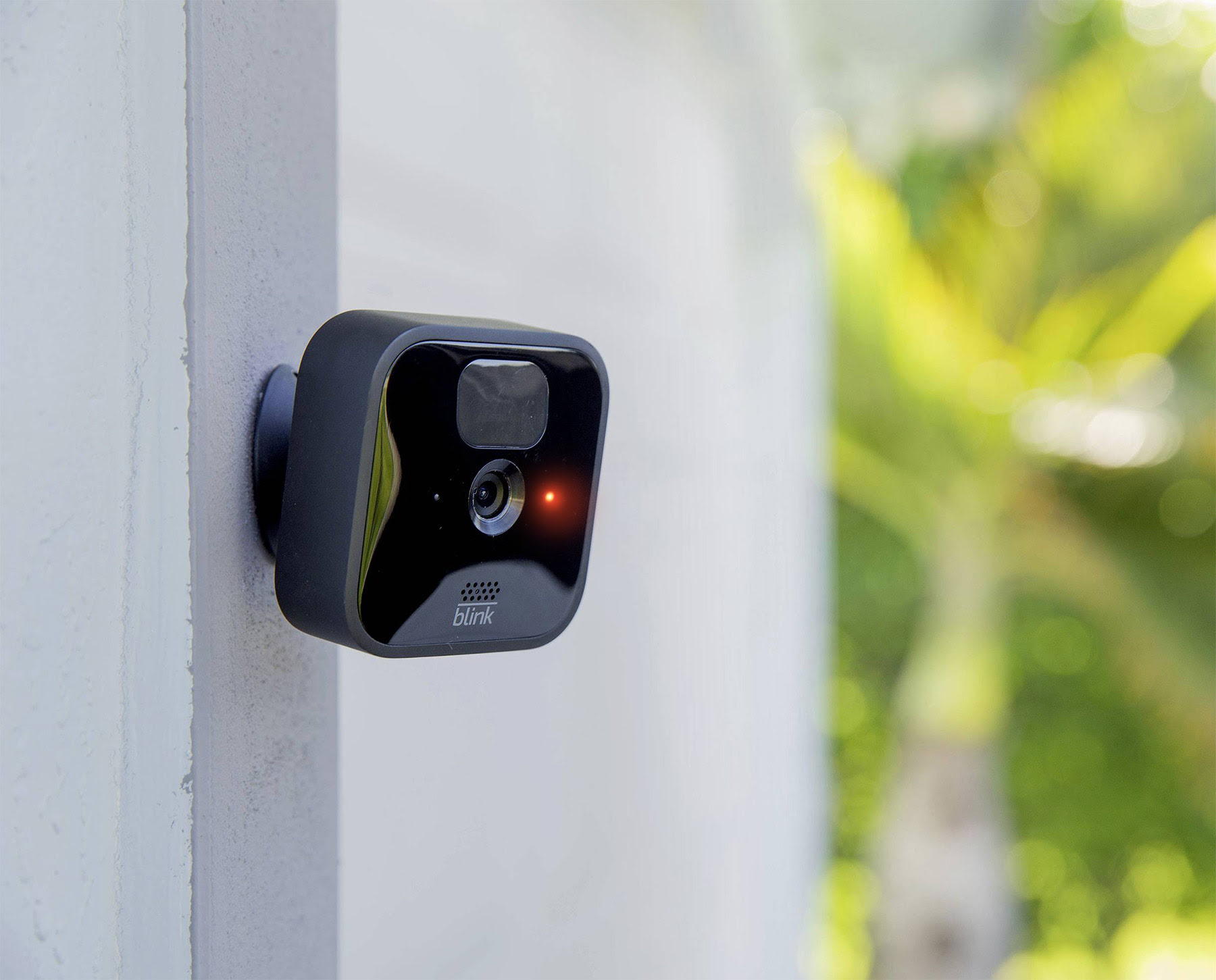

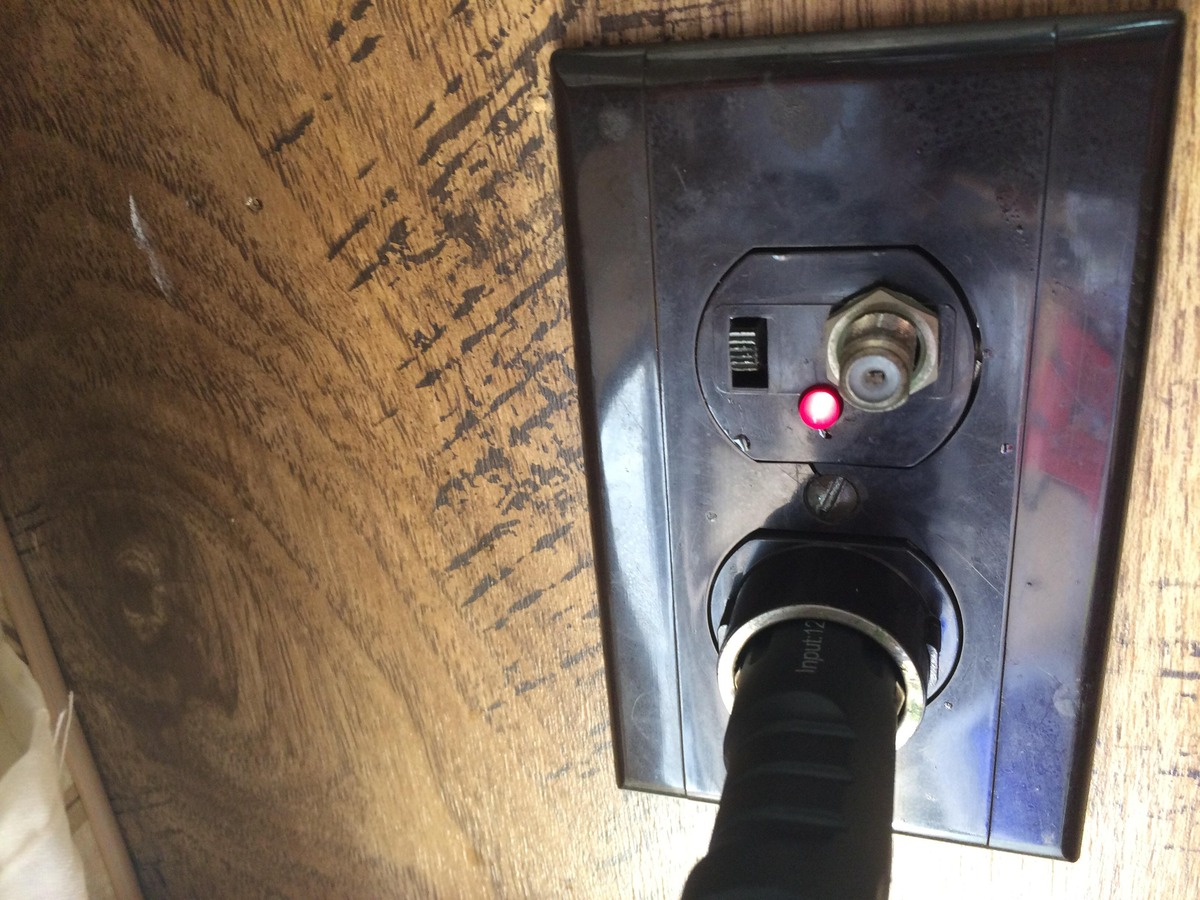
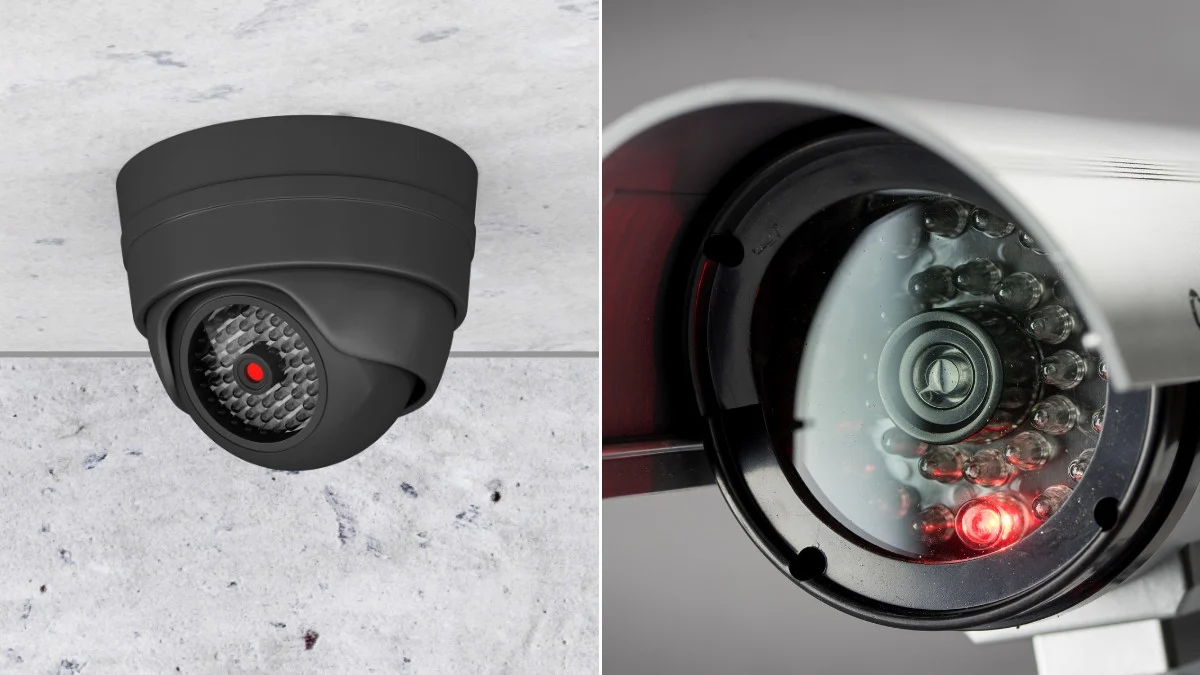
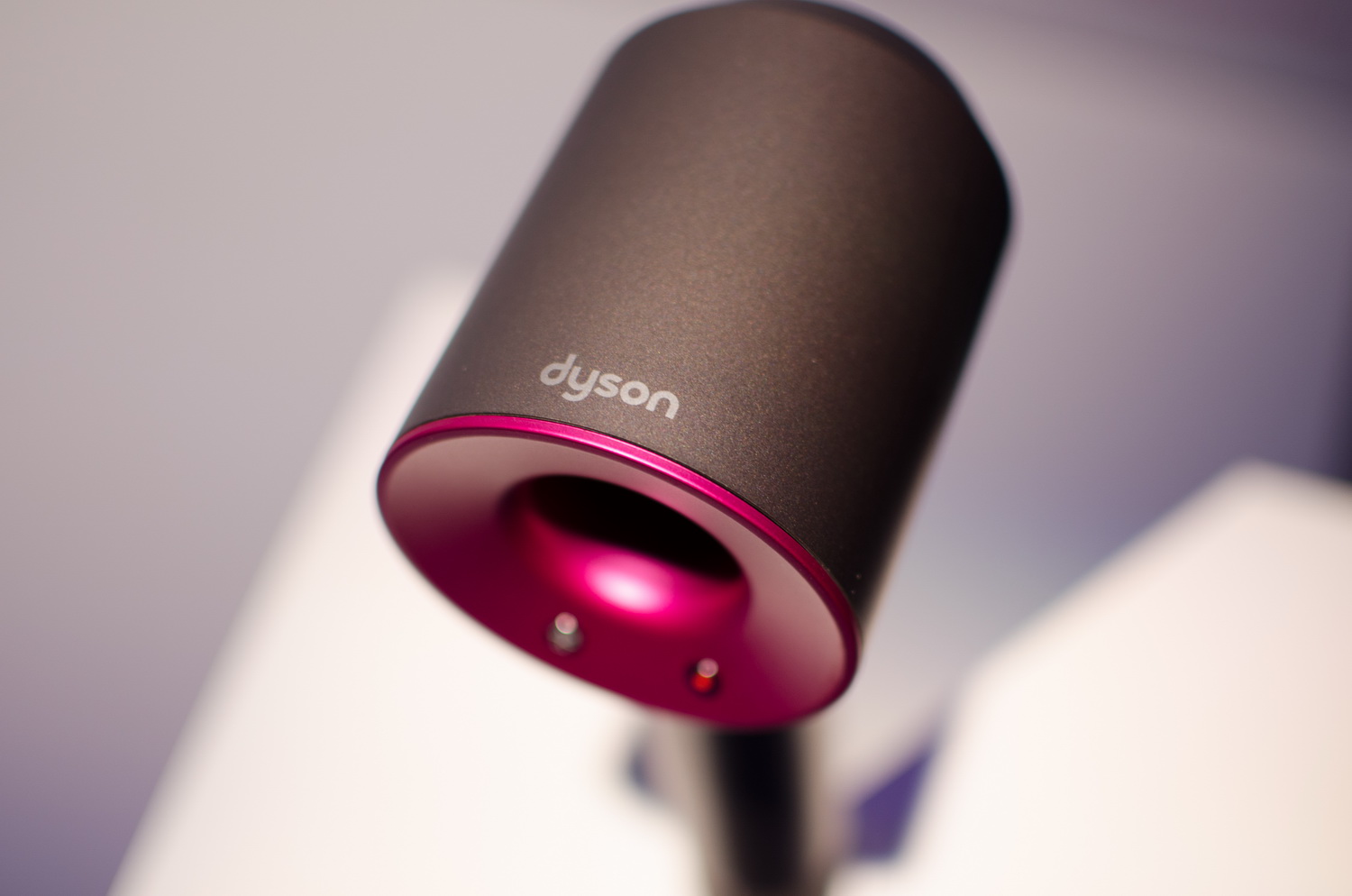

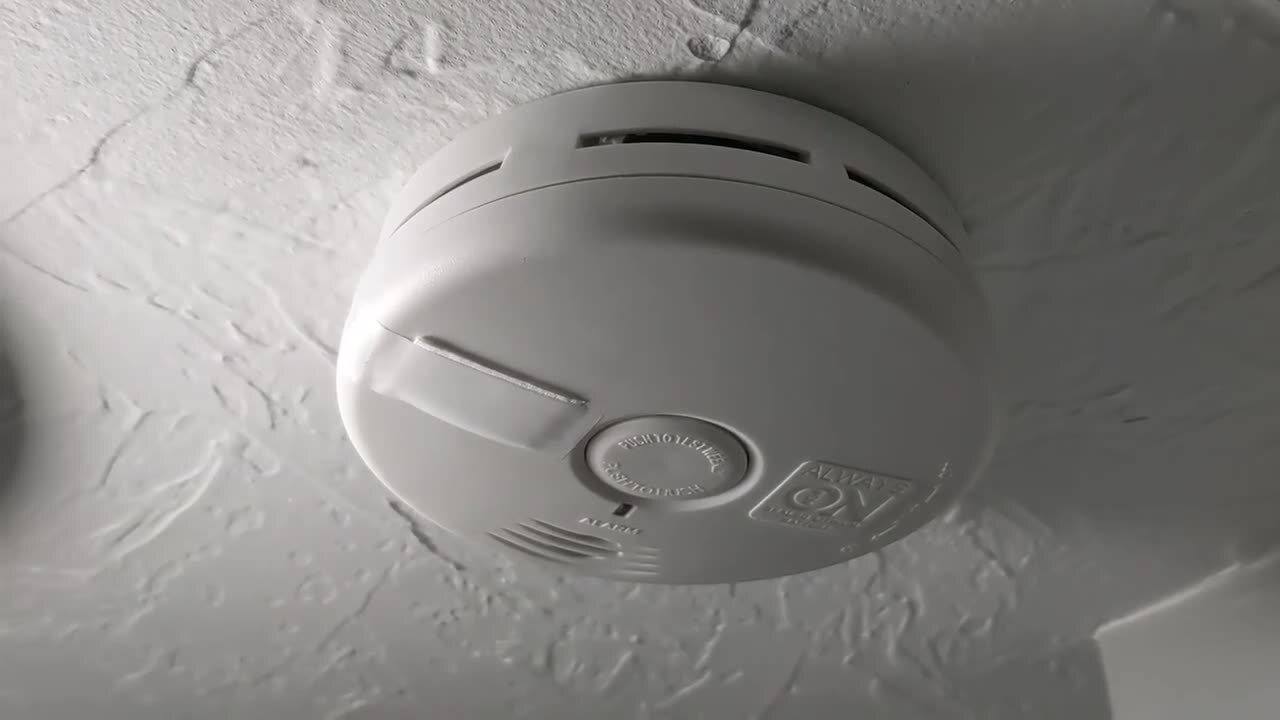
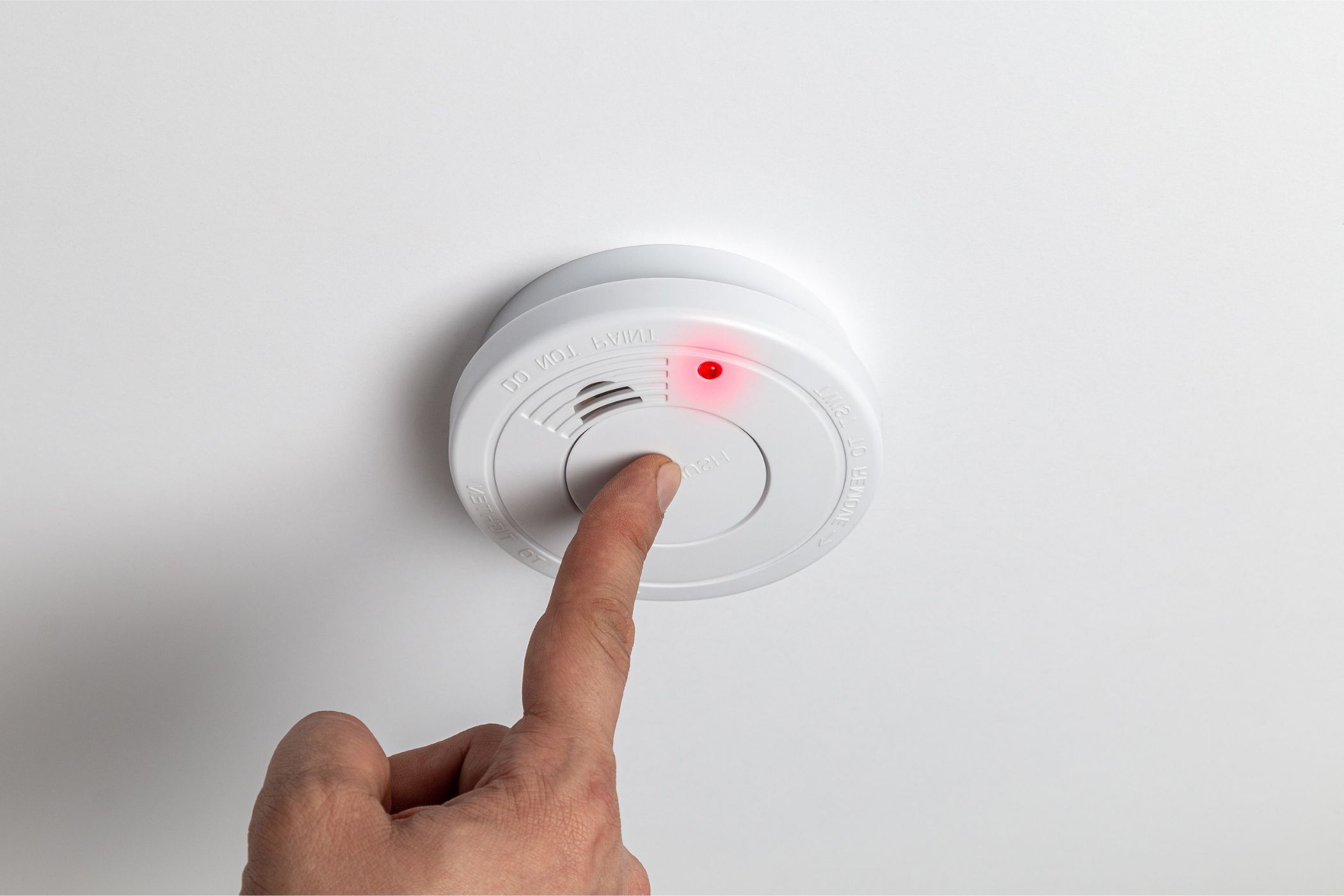

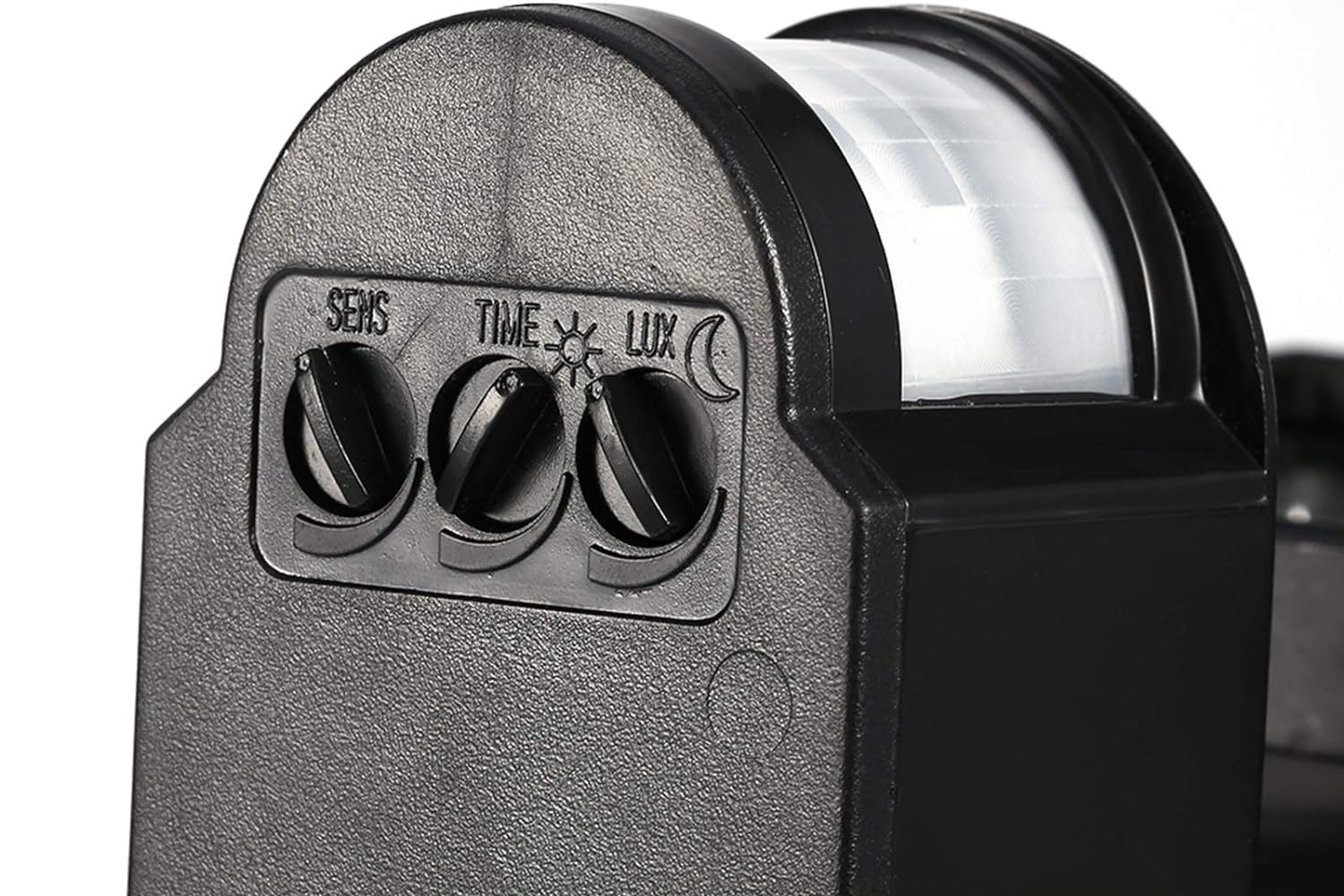
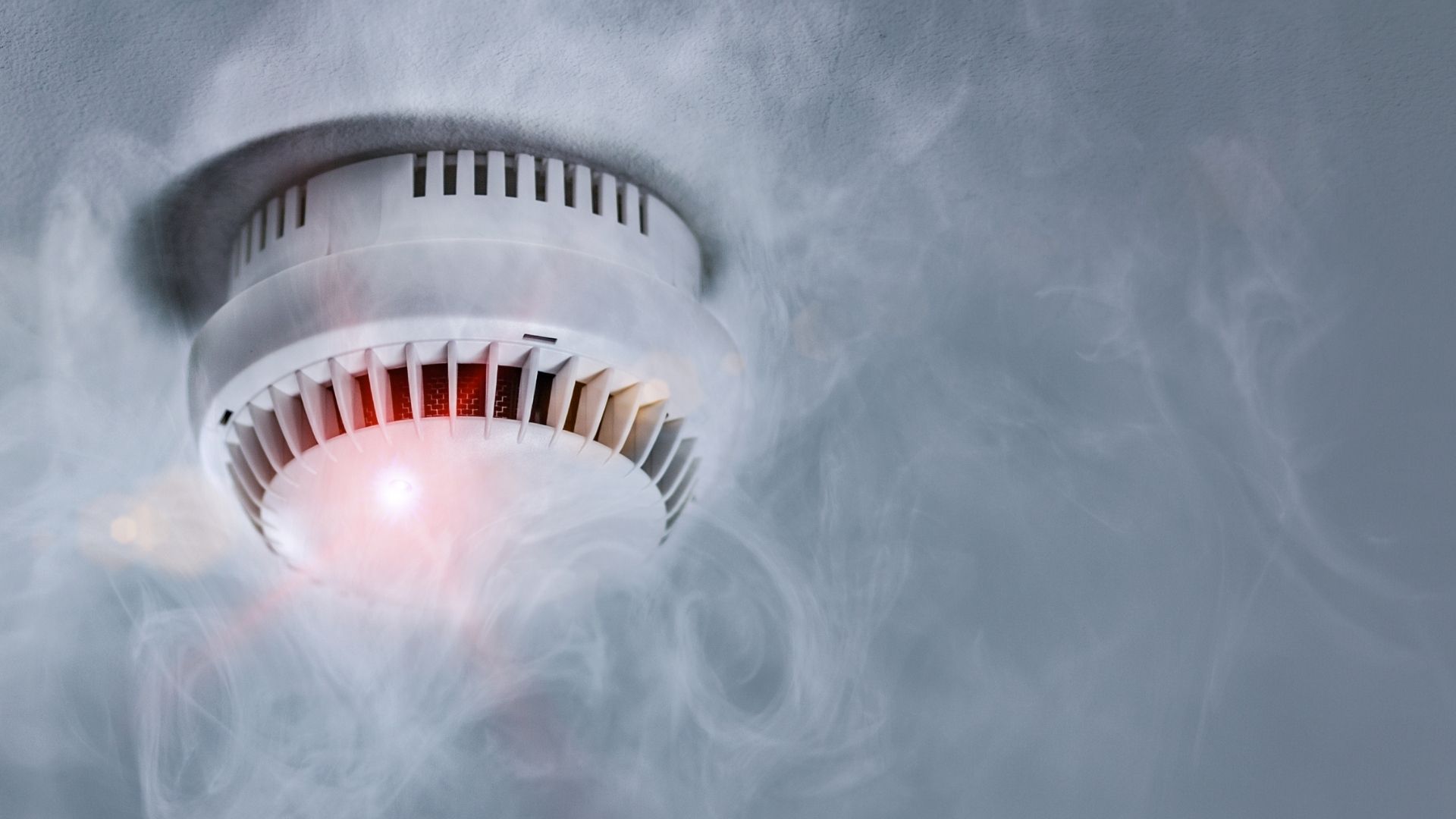
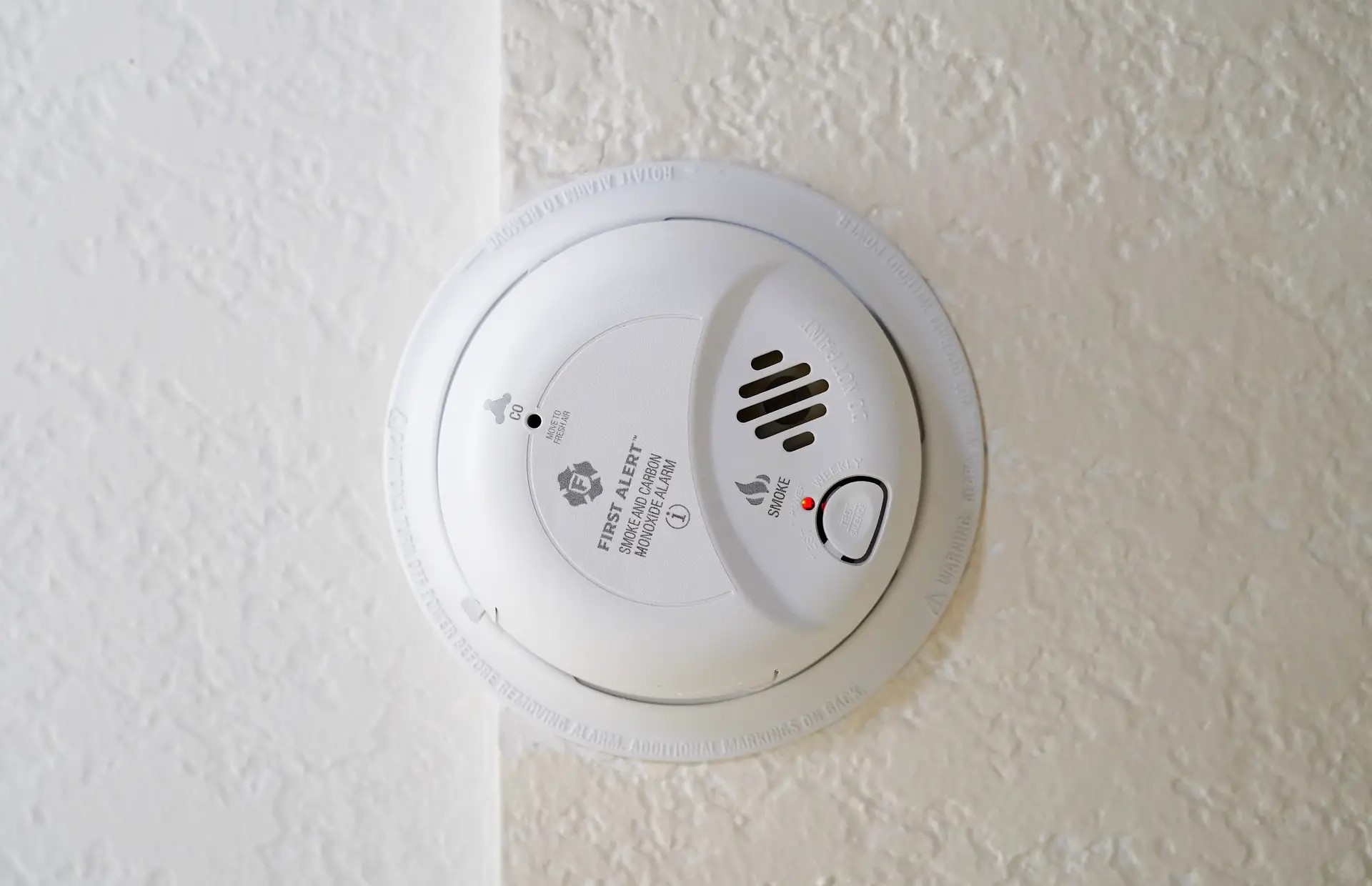
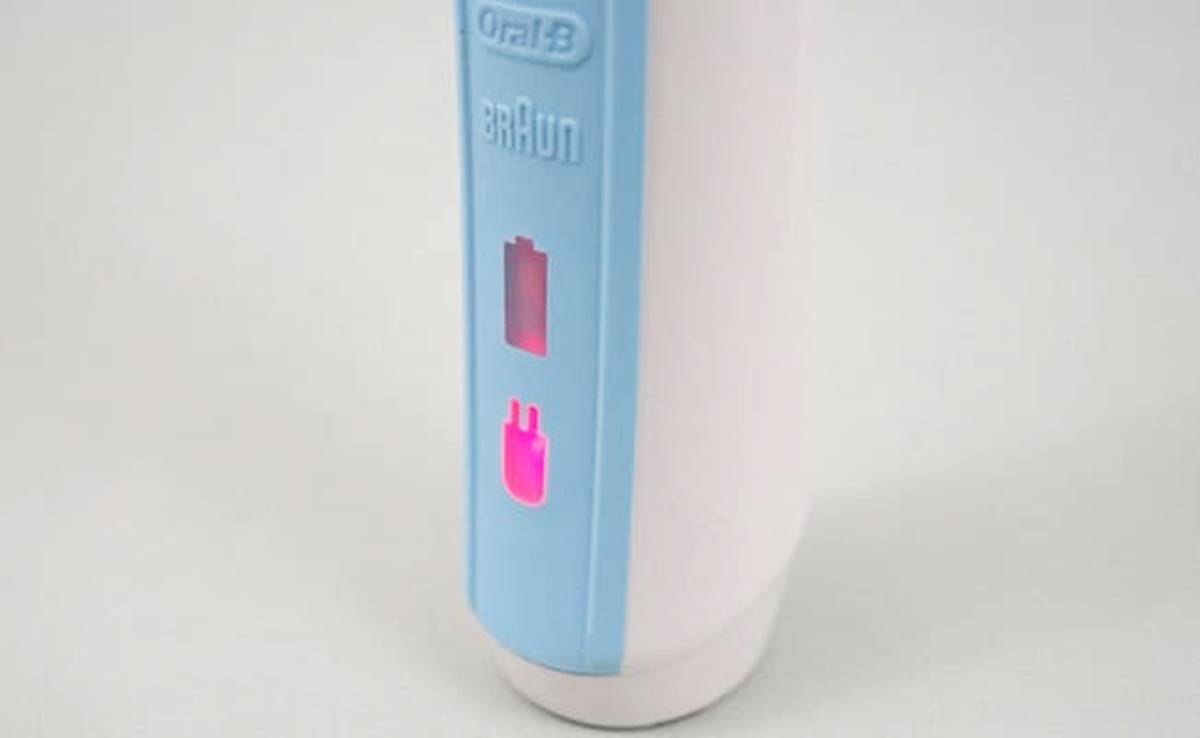

0 thoughts on “What Does A Flashing Red Light On A Smoke Detector Mean?”